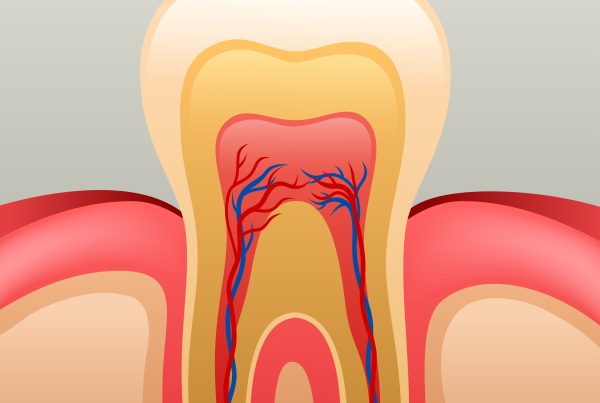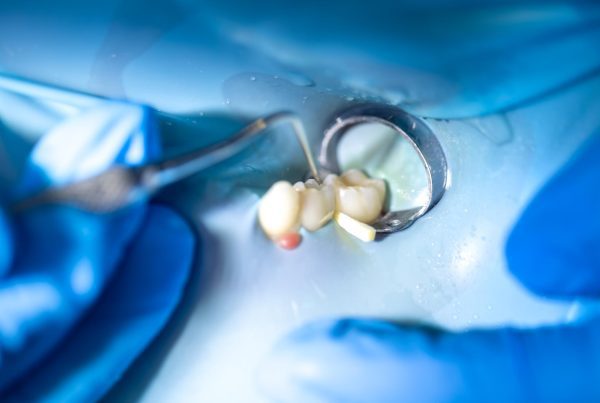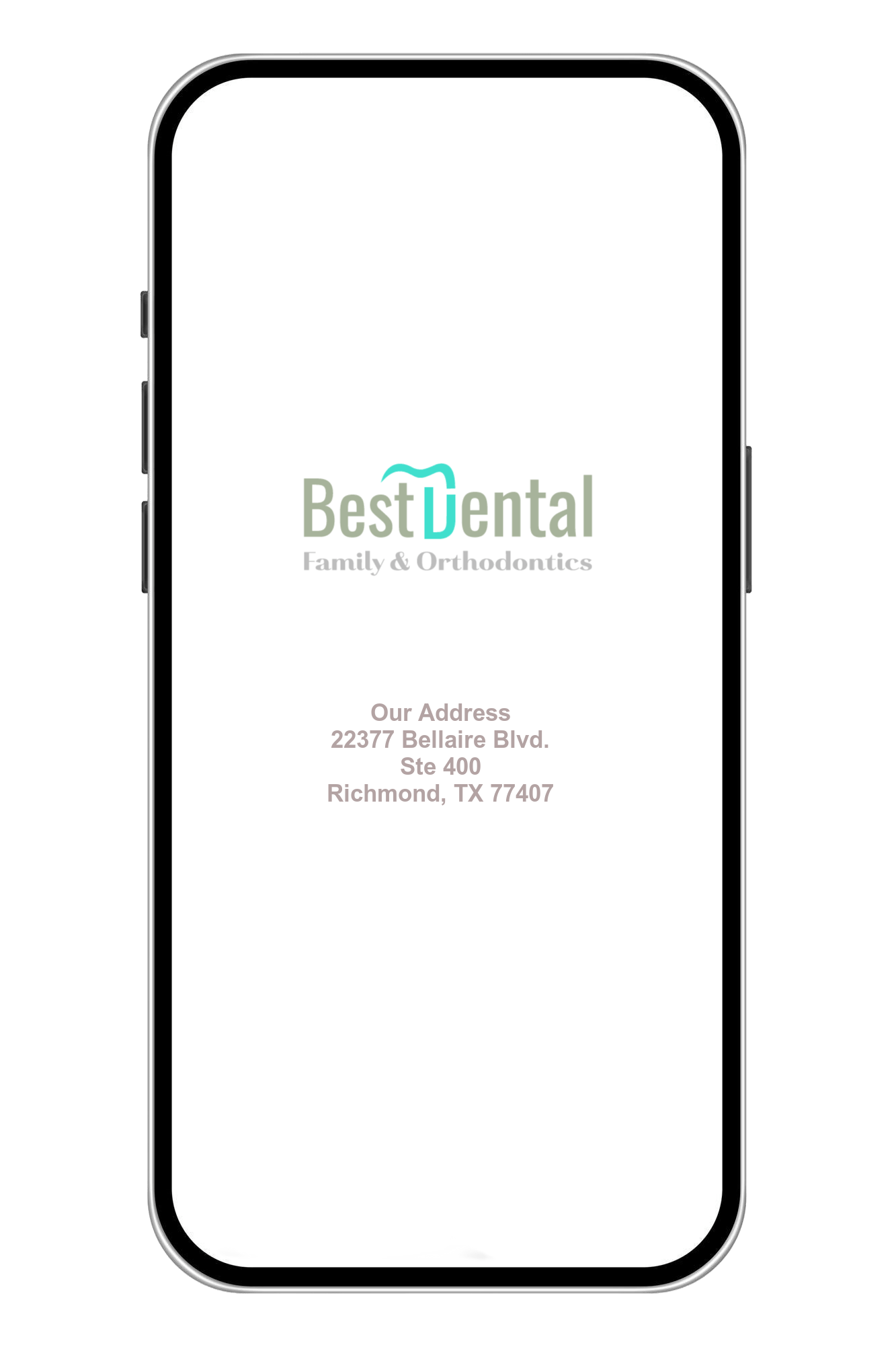Root Canal Treatment On Premolars
A bicuspid root canal, also known as a premolar root canal, is a dental procedure designed to treat and save a tooth with a damaged or infected pulp, located in one of the bicuspid teeth, which are the two-cusped teeth positioned between the front incisors and the molars. Bicuspids play a crucial role in the chewing process and overall dental function. When the pulp inside one of these teeth becomes infected or inflamed, it can lead to severe pain and potential tooth loss if left untreated. A bicuspid root canal is a dental intervention performed by a skilled endodontist to remove the infected pulp, clean, disinfect, and seal the tooth, ultimately preserving its function and appearance. In this article, we will explore the importance of bicuspid root canals, the reasons they may be necessary, the procedure itself, and the benefits of preserving these essential teeth.

What are bicuspid teeth, and where are they located in the mouth?
Bicuspid teeth, also known as premolars, are a type of tooth located in the human mouth between the front incisors (the central and lateral incisors) and the molars at the back of the mouth. They are so named because they typically have two pointed or cusped chewing surfaces. Adults typically have eight bicuspid teeth—two in each quadrant of the mouth, with one bicuspid on the upper and one on the lower arch. Bicuspids play a crucial role in the chewing and grinding of food, aiding in the initial breakdown of food particles before they are further processed by the molars. These teeth are essential for proper dental function and oral health.
How do you know if you need a bicuspid root canal?
Determining the need for a bicuspid root canal typically involves a combination of clinical evaluation by a dentist or endodontist and the presence of specific symptoms. Here are common signs that may indicate the need for a bicuspid root canal:
- Toothache: Persistent or severe pain in a bicuspid tooth is a common indicator of pulp inflammation or infection.
- Sensitivity to Temperature: Increased sensitivity to hot or cold substances, especially when it lingers after the stimulus is removed, can be a sign of pulp damage.
- Swelling or Abscess: Swelling in the gums around the affected tooth or the presence of a gum abscess can be a sign of infection.
- Discoloration: Darkening or discoloration of the bicuspid tooth may suggest pulp damage.
- Pain when Biting: Discomfort or pain when biting or applying pressure to the tooth can be indicative of pulp issues.
- Pain Radiating to Jaw or Ear: If the pain from the affected bicuspid tooth extends to the jaw or ear, it may signal the need for a root canal.
- Prolonged Sensitivity: If sensitivity to stimuli like hot, cold, or sweet foods/drinks persists after removal of the stimulus, it could be a sign of pulp damage.
It’s crucial to consult a dental professional for a proper diagnosis and treatment recommendation if you experience one or more of these symptoms. They may perform X-rays and clinical assessments to confirm the need for a bicuspid root canal and discuss the appropriate treatment options. Early detection and intervention can help preserve the tooth and alleviate pain and discomfort.


What are the common causes of pulp damage or infection in bicuspid teeth?
Pulp damage or infection in bicuspid teeth can result from various factors, including dental trauma, untreated cavities, and other oral health issues. Dental trauma, such as a severe impact or injury to the tooth, can disrupt the pulp’s blood supply, making it vulnerable to infection. Untreated cavities, which allow bacteria to penetrate the tooth’s protective layers, can also lead to pulp infection as the bacteria reach the inner pulp chamber. Additionally, cracks, fractures, or repeated dental procedures on a bicuspid tooth can compromise its integrity and potentially result in pulp damage. It’s essential to address these issues promptly through proper dental care to prevent or treat pulp-related problems in bicuspid teeth.
What are the symptoms of an infected or inflamed bicuspid tooth?
An infected or inflamed bicuspid tooth can manifest several symptoms, including persistent and severe toothache, often triggered by hot or cold foods or pressure. Sensitivity to temperature changes may be accompanied by heightened sensitivity to sweet or acidic substances. Swelling and tenderness in the gums surrounding the affected tooth can occur, and in more severe cases, an abscess may form, leading to a visible bump on the gums, along with pus discharge and an unpleasant taste in the mouth. Discoloration of the tooth, usually a darkening, may also be noticeable. In some instances, individuals might experience referred pain, which radiates to the jaw, ear, or other parts of the face, indicating a potentially serious infection that warrants immediate dental attention.


What is the process of a bicuspid root canal procedure?
A bicuspid root canal procedure involves several steps and is typically performed by an endodontist, a dentist who specializes in treating the interior of teeth. Here’s an overview of the process:
- Diagnosis and Assessment: The first step is a thorough examination and diagnosis. X-rays are taken to assess the extent of pulp damage and determine the number and shape of the tooth’s root canals.
- Local Anesthesia: Local anesthesia is administered to numb the area around the affected bicuspid tooth, ensuring the patient’s comfort throughout the procedure.
- Isolation: A rubber dam or a specialized dental dam is placed around the tooth to keep it dry and free from saliva during the procedure.
- Access Opening: The dentist or endodontist creates an access opening in the crown of the bicuspid tooth to reach the pulp chamber and root canals.
- Pulp Removal: The infected or inflamed pulp tissue is carefully removed from the pulp chamber and root canals using specialized instruments.
- Cleaning and Shaping: The interior of the tooth is thoroughly cleaned, disinfected, and shaped to prepare it for the filling material.
- Filling: The cleaned space is filled with a biocompatible material called gutta-percha. This seals off the root canals to prevent recontamination.
- Sealing: The access opening in the crown is sealed with a temporary or permanent filling material to protect the interior of the tooth.
- Restoration: In many cases, a crown is recommended to strengthen and protect the bicuspid tooth, as it may become more brittle over time. A separate appointment is scheduled for the placement of the crown.
- Follow-Up: After the procedure, a follow-up appointment may be necessary to monitor the tooth’s healing and ensure there are no complications.
Bicuspid root canals are highly successful in saving teeth that would otherwise need extraction due to pulp infection or damage. The procedure alleviates pain, restores function, and allows patients to maintain their natural dentition.
How much does a bicuspid root canal cost, and does dental insurance cover it?
The cost of a bicuspid root canal can vary widely depending on several factors, including the location of the dental practice, the complexity of the procedure, and whether a specialist like an endodontist performs the treatment. On average, the cost of a bicuspid root canal may range from $700 to $1,200 or more per tooth. The cost can increase if additional procedures like dental crown placement are required.
As for dental insurance, coverage for root canals can vary from one plan to another. Many dental insurance plans do provide coverage for root canals, typically covering a portion of the cost. However, the specific coverage, including deductibles, co-pays, and annual limits, varies widely, so it’s essential to check with your insurance provider to understand the extent of your coverage. It’s also a good practice to get a pre-authorization from your insurance company and discuss the details with your dentist or endodontist to ensure you have a clear understanding of the expected costs and coverage.




